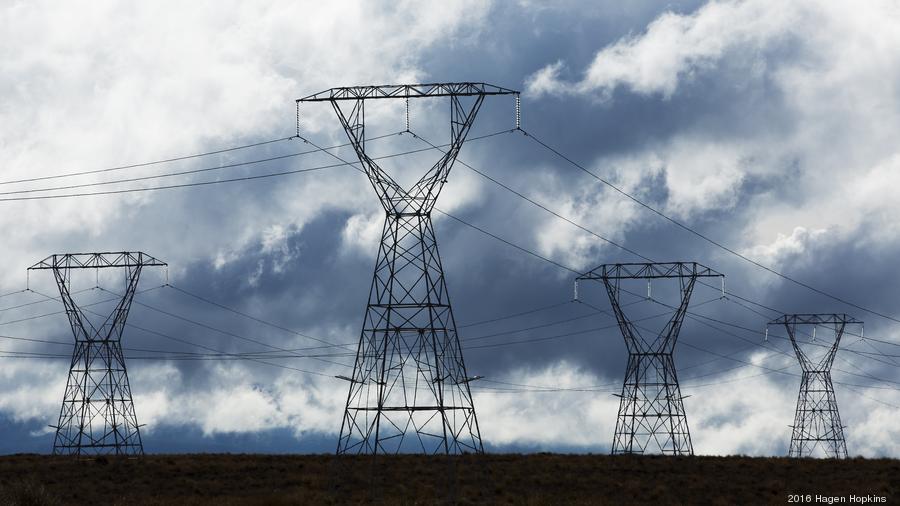As CenterPoint Energy Inc. (NYSE: CNP) wraps up final repairs in the wake of a massive, days-long blackout that stretched across Houston and beyond, Texans are left to ask themselves the same questions they had to ask the last time this happened, back in 2011.
Somewhere near the top of that list are probably going to be questions about how to stop this from happening again. The answer is that there’s a lot the state and industry can do in a situation like this one, but no solution is going to be perfect, said Bernadette Johnson, senior vice president of power and renewables for Enverus.
“There’s a lot of levers you could pull,” Johnson said. “But all these things cost money.”
The question then centers around how much money to spend on something that only happens once a decade, Johnson said.
There's a simple answer, said Andrew Barth, partner and co-founder of Houston-based energy management firm CSD Energy Advisors LLC.
“When you have the loss of life involved, there’s no price too significant to move forward with a solution,” Barth said. “The question becomes, who’s going to bear that burden?”
Ultimately, the costs for projects at the scale needed for this kind of reliability would probably fall back to the end users — the companies and individuals who consume that power — Barth said.
Texas’ electricity grid functions via a deregulated market approach. Electricity is generated by a series of assets usually owned and operate by companies, and that electricity is sold down the value chain for a profit, until eventually a retail power supplier sells the megawatts to individual customers.
After an event like this one, it’s a good idea to take a look at what markets like this do well and what they don’t, said Carey King, assistant director of the Energy Institute at UT Austin.
“Markets are good at minimizing costs under normal circumstances of operation,” King said. “They’re not as good at thinking about extreme events, particularly when there’s an externality like, in this case, public health and safety concerns.”
One option, then, is to require companies to weatherize their generating assets so that they can run even in extreme winter conditions. This isn’t the first time Texas’ grid has been found wanting against icy weather. A winter storm back in 2011 also sent blackouts rolling through the state. The state implemented winterization recommendations at the time, but the measures weren’t mandated, Dan Woodfin, the Electric Reliability Council of Texas' senior director of system operations, said on a Feb. 17 call with reporters.
That’s a problem, said Jim Krane, a fellow for energy studies at Rice University’s Baker Institute of Public Policy.
“First of all, we need to weatherize, full stop,” Krane said. “The technologies that produce electricity and fuels all work fine in colder climates.”
Those assets don’t work in Texas during significant winter storms because the state and industry haven’t taken the necessary precautions in the name of reducing costs, Krane said. That, of course, calls back the original question of how much to spend defending against an event that rarely occurs. It also begs the question of whether, in a state like Texas, the government would be willing to mandate such changes with stronger regulations.
“Regulations in Texas are industry friendly,” Krane said. “There’s a political philosophy in Texas that calls for light regulation and really cheap energy.”
That’s a pretty ingrained philosophy, but it’s also one that Krane said he puts squarely behind the failures of the grid over the past week.
In any case, Krane said it would probably be more expensive to retrofit existing plants with weatherization upgrades. It’s more likely that — if the state takes the weatherization option — it will happen gradually as new capacity comes online, he said.





